Let There Be Light
Glass has played a pivotal role in architecture since glassmakers left their forests for the walled European cities, where they brought light into the cathedrals and palaces of early mediaeval metropolises. Glass architecture was a long time coming and many innovations were needed before glass could come into its own.
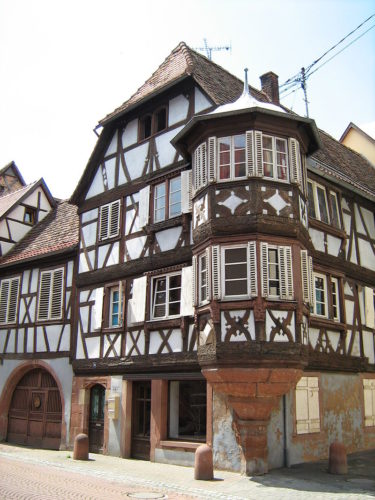
While the poor were still using flattened animal horn, or oiled cloth to let some sunshine into their humble abodes, the well off were beginning to use glass.
The Romans are thought to be the first to start using glass windows within their architecture in the first century AD.
Glass remained prohibitively expensive for centuries and was made in small pieces, hardly translucent with ripples and bubbles. They were made by blowing a glass balloon, flattening it, cutting into squares, and piecing it together with lead. This was the origins of crown glass and the concentric circles of undulating glass remained at the centre of the glass and were known as the bullseye.
The Advent Of Colour
With the advent of colour, the glass designers’ imaginations were able to run wild with creativity.
Evidence of stained glass windows in Britain dates to 675 AD, when Benedict Biscop brought french glaziers over to design the windows of the monastery of St Peter.
One of the first known european examples of coloured glass used in glass architecture was at the Abbey of San Vicenzo in Italy, around the beginning of the 9th Century.
Glass and God
In the latter part of the middle ages, with the advent of better furnaces, stained glass really took off. And with it came the ability of mediaeval churches of Europe to explain the stories of the bible in pictorial form to the largely illiterate masses.

By the 14th Century, most glass was being designed for the purposes of religious ornamentation.
Bigger and Bolder
Before glass architecture could come into its own, the glass needed to be bigger and stronger.
The English had worked out how to create thicker glass; with the addition of lead oxide, and the French had created a secret recipe of their own that enabled the production of solid panes of glass up to 6 feet in diameter.
By the 19th Century, large panes of very good quality plate glass were made viable with the help of steam engines. Soon, every storefront and office window was sporting huge glass panes and the centre of glassmaking moved across the pond to America.
Crystal Palace
Back in Blighty, the introduction of the sheet glass process developed by the Chance Brothers in 1832 enabled Joseph Paxton to design the Crystal Palace in London, England.
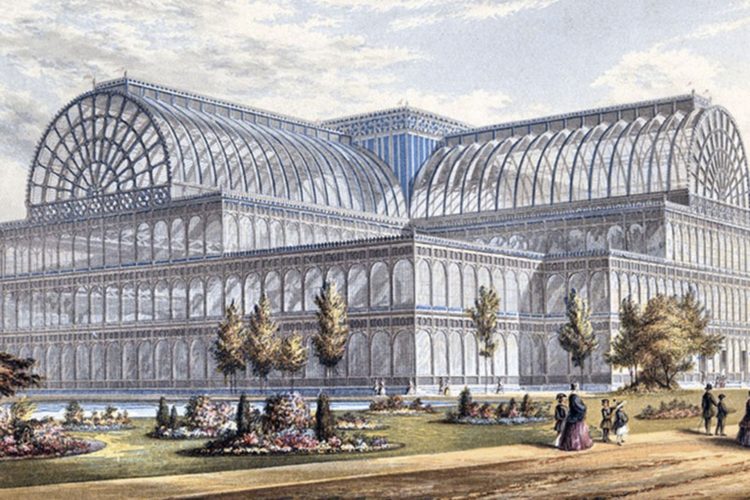
The Palace was designed using cast iron and this new cheap, strong glass to house the Great Exhibition of 1851, which attracted more than 14,000 exhibitors from around the world.
It showcased the innovations of the Industrial Revolution and mesmerised visitors with its huge scale and floods of natural light.
The Mother Of Invention
The float glass process was invented in England by Sir Alistair Pilkington in the 1950s. Now, 90% of the world’s glass is produced using this process.
Finally, everything was in place for glass to move from being a part of the fabric of architecture to being the epicentre of architecture itself. Finally, Glass Architecture had come of age.
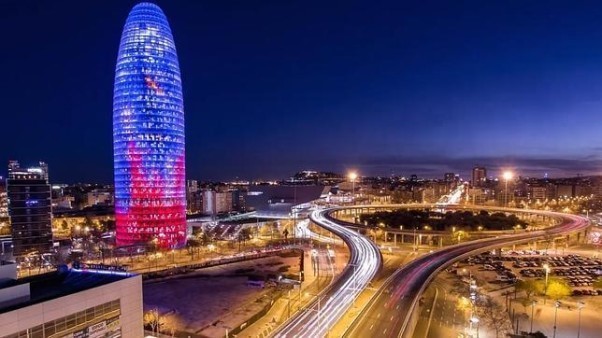
A New Dawn
Gone were the days of window taxes and pitifully small windows that left houses sullen and gloomy. Now there was a cornucopia of choices. Glass gave architects the ability to fuse the outside with the inside, and the evolution of glassmaking gave them the full palette of tools to let their creativity go wild.
Glass brought natural light right to the heart of modern buildings, which was not only aesthetically pleasing, but also massively cut down on the lighting and heating bills too.
With modern architecture, glass became valued as a major construction material rather than just the ‘doors and windows guy’.
Architectural visionaries began to use appropriate glass to create some of the world’s most iconic buildings.
Louvre Pyramid, Paris, France
The Pyramide du Louvre is a fusion of metal and glass, with one large pyramid surrounded by three smaller ones.
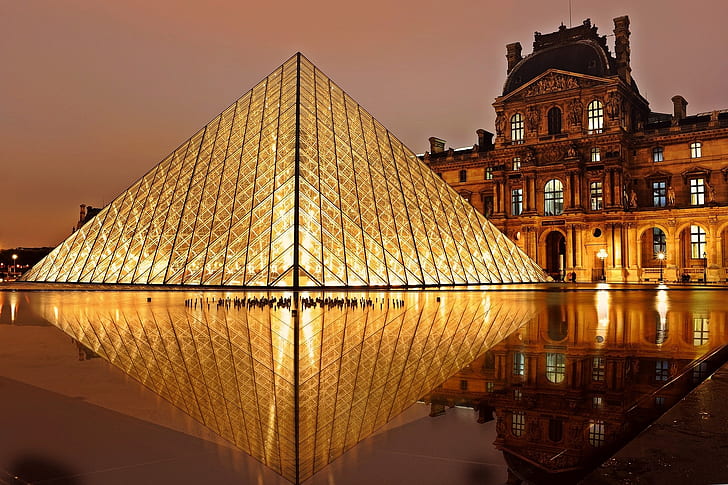
It was commissioned by President Mitterand in 1984, and designed by Chinese-American architect I. M. Pei
The main pyramid was designed to be the new main entrance to the Louvre, as the original entrance was struggling to cope with the legions of visitors.
30 St Mary Axe (The Gherkin), London, UK
After plans for the 92-storey Millenium Tower were dropped because they were out of proportion for London’s understated skyline, 30 St Mary Axe was designed by Norman Foster.
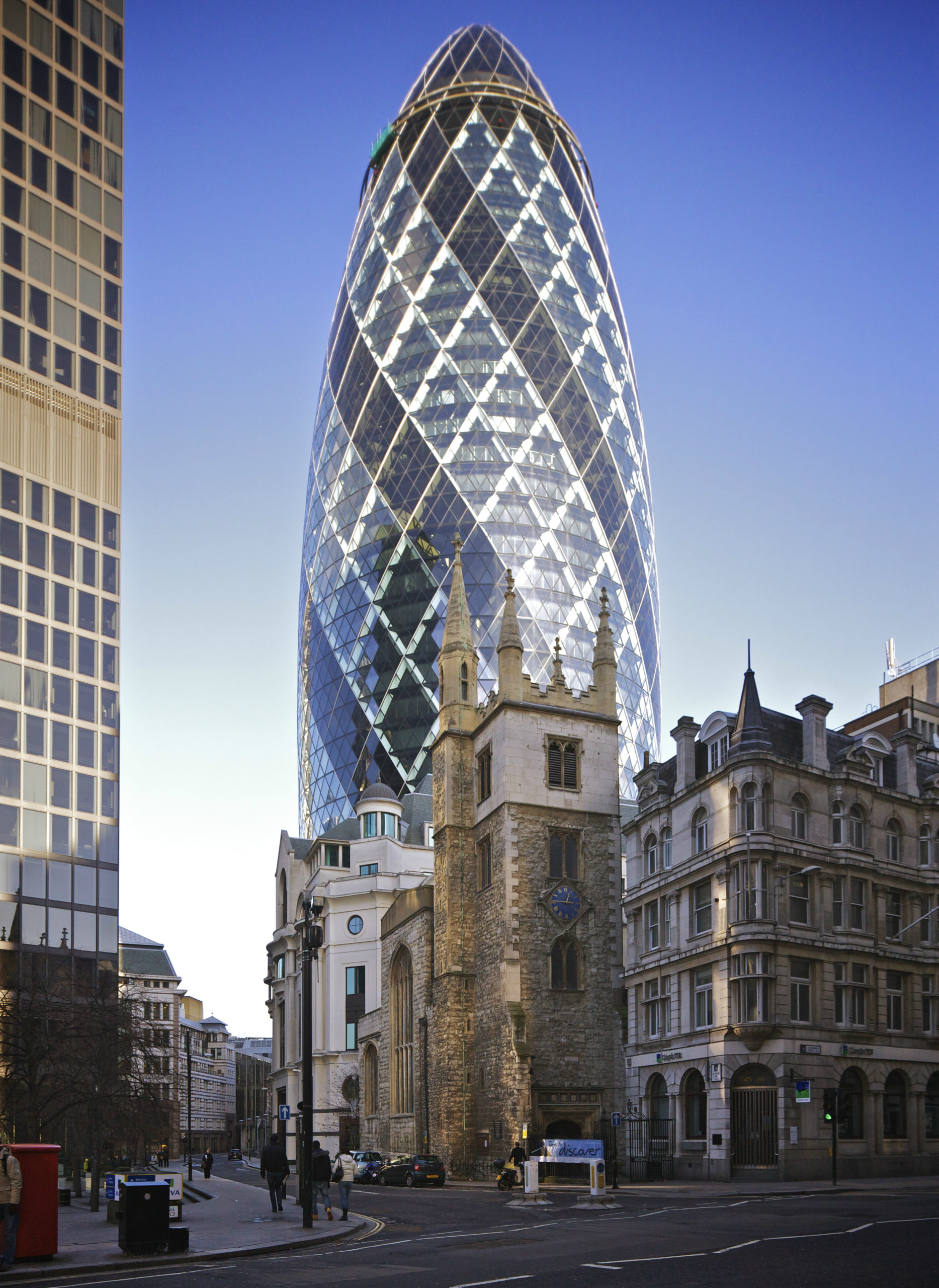
No new building in London may obscure or detract from the view of St Paul’s Cathedral. Even at just 41 stories, 30 St Marys Axe has become one of the most recognised landmarks in London and dominates the skyline.
The Gherkin as it became known, was completed in 2003. It stands on the site of the Baltic Exchange building in Canary Wharf, which was badly damaged in a Provisional IRA bombing.
What other great glass architecture deserves to be shown here? Please let us know your suggestions in the comments below. Thank you!
